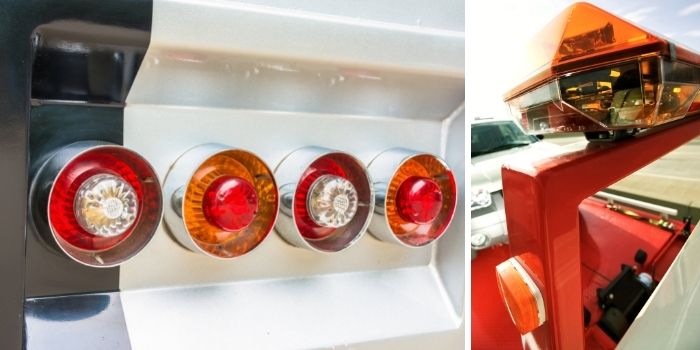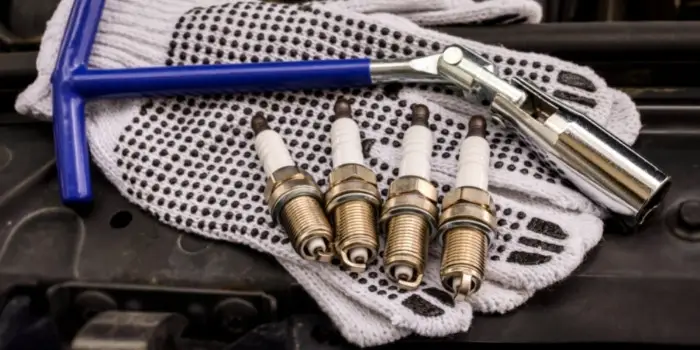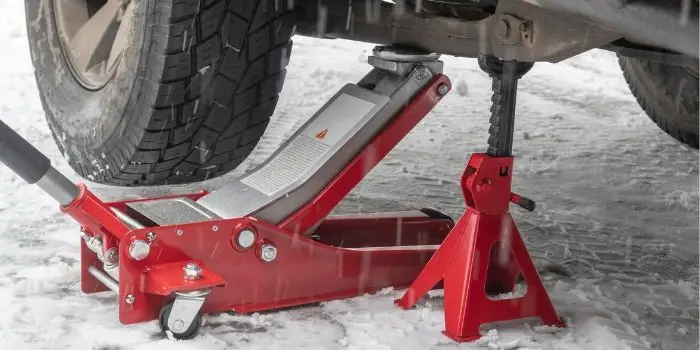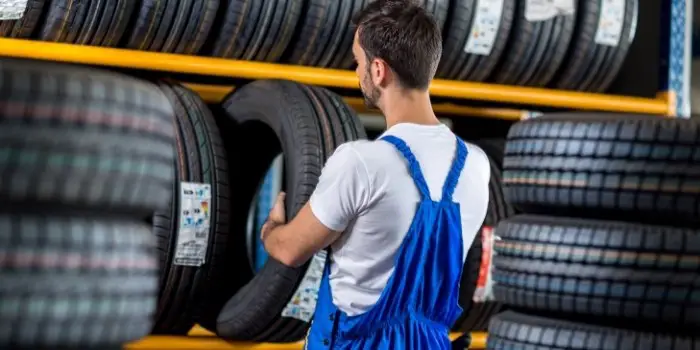
A lot of car owners believe that larger wheels are more visually appealing due to their lower sidewalls.
This allows more of the wheel to be put on display. Looks aren’t the only thing that should be taken into consideration when choosing wheel size, however.
Having larger wheels can affect things such as fuel economy, acceleration, and general performance.
The question usually comes down to whether 18-inch or 20-inch wheels are better, especially when it comes to differences when driving.
Below, we will explore the pros and cons of each with answers to this question in detail.
| 18-Inch Wheels | 20-Inch Wheels |
|---|---|
| Economically priced | More expensive |
| Lighter weight | Heavier weight |
| Improves acceleration and performance | Increases traction due to the larger size |
| Smoother, more comfortable ride but weaker traction | Better for driving in icy or muddy conditions |
| Less aesthetically pleasing | Tends to have more visual appeal |
Table of Contents
Understanding Tire Construction and Wheel Size
When you are thinking about getting a larger wheel, it’s a good idea to look at the entire wheel and its construction.
Typically, bigger wheels have a lower profile because of the smaller sidewall, and if you intend to replace the wheels on your own, you’ll need to look at the overall dimensions of the tire.
If you increase the diameter without making sure the thickness is reduced, your speedometer may read inaccurately.
In fact, it can make as much as an eight percent difference against the actual traveling speed and the speed on the readout.
When you reduce the tire’s thickness, the difference will be practically non-existent.
Bigger Wheels are Heavier
Eighteen-inch wheels aren’t as heavy as 20-inch wheels unless you specifically choose a lighter-weight alternative.
You can expect a standard 20-inch tire to be up to three pounds heavier than an 18-inch tire.
A light wheel lends itself to improved acceleration and better performance than a heavier one, meaning 18-inch wheels will give you elevated general performance.
Properties of 20-Inch Tires
Because it takes more metal to manufacture a 20-inch wheel, this extra cost is one that is footed by the buyer.
Even so, while there once was a large difference between the prices, these days, the difference isn’t all that much, thanks to the fact that 20-inch tires are in higher demand these days.
Increased Traction
Because larger wheels have a larger tire surface area, more of the tire will make contact with the road.
This extra contact may increase the grip when driving in poor conditions such as ice, snow, or mud.
If you live somewhere that often has damp or oily roads, 20-inch tires can make a huge difference. They can give you a safer ride that offers better control in such conditions.
Properties of 18-Inch Wheels
Bigger wheels tend to have low-profile tires due to the smaller sidewall, as mentioned.
Because there is less air in the tire, there is less of a cushion between you and the bounce of the road.
The air cushion in smaller tires will help mute the feeling of a bumpy road and improve upon its ride comfort.
The extra cushioning from the 18-inch tires will also limit the road noise you hear in the car’s cabin, which could improve the overall experience of driving.
Appearance
As stated, the main thing that separates those who prefer 18-and 20-inch tires is the look of them.
Many people like to have a larger number because of the aesthetic appeal.
Small wheels tend to get lost beneath the wheel arches, and adding that extra one or two inches can make a big difference in filling out that area.
It offers a more aggressive appearance, making it popular among car modders.
Smaller Wheels and Acceleration
The extra weight of a 20-inch wheel causes a car’s engine to work harder to make the wheels turn.
This means that smaller wheels will make it easier for you to accelerate.
So while having larger wheels may improve the aesthetics of a vehicle, it is the smaller ones that will give you better performance where acceleration is concerned, though you aren’t likely to notice this change unless you go from one kind of tire to another.
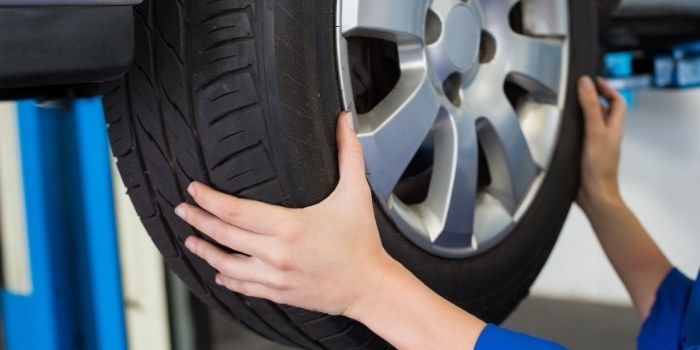
20 Inch vs. 18 Inch Wheels – Which One Is Best?
At the end of the day, much of the answer to this debate comes down to preference and the needs of the driver.
Those on a budget who are focused on performance above all will likely prefer smaller tires.
Those who want something more visually appealing with better traction will usually opt for 20-inch tires.
When deciding which of these tires is best for you specifically, consider the points that are mentioned above.
This will ensure you don’t end up settling for tires that ultimately do not serve your needs.
FAQs
Do 20-inch rims affect the transmission?
Generally, no. When you increase the diameter of the tire or wheel, you will shift the final drive ratio to one that might offer better MPG on the highway but that brings with it less torque.
How much will having 20-inch wheels affect gas mileage?
Those with 20-inch wheels will have two to three MPG less than their 18-inch counterparts.
Are 18-inch wheels alright for off-roading?
No, mostly because you are sure to feel every single bump.
Do bigger tires wear out more quickly?
Bigger tires bring with them better traction and stability, meaning less wear and tear.
Are 20-inch tires good in the snow?
Due to their larger nature affording more contact with the ground, 20-inch tires tend to offer better traction in slippery, snowy, and even icy conditions.
Final Thoughts
In terms of preference, it often comes down to appearance. If you want to save money when buying new tires, however, 18-inch wheels are the way to go.
Those who need more traction due to driving in poor road conditions may benefit more from 20-inch tires instead.
Those who live in wet climates tend to prefer 20-inch tires for this reason.

Based in Orem (Utah) John Paterson graduated from Utah Valley University and has begun writing in 2009. He has a large wealth of experience in writing articles related to cars, automotive repair, wheels, cleaning/maintenance, and much more. He has also written instructional articles in a similar niche for a few online publications as well. Currently, he works as a mechanic in his personal garage shop where he loves serving his countrymen from his heart.

